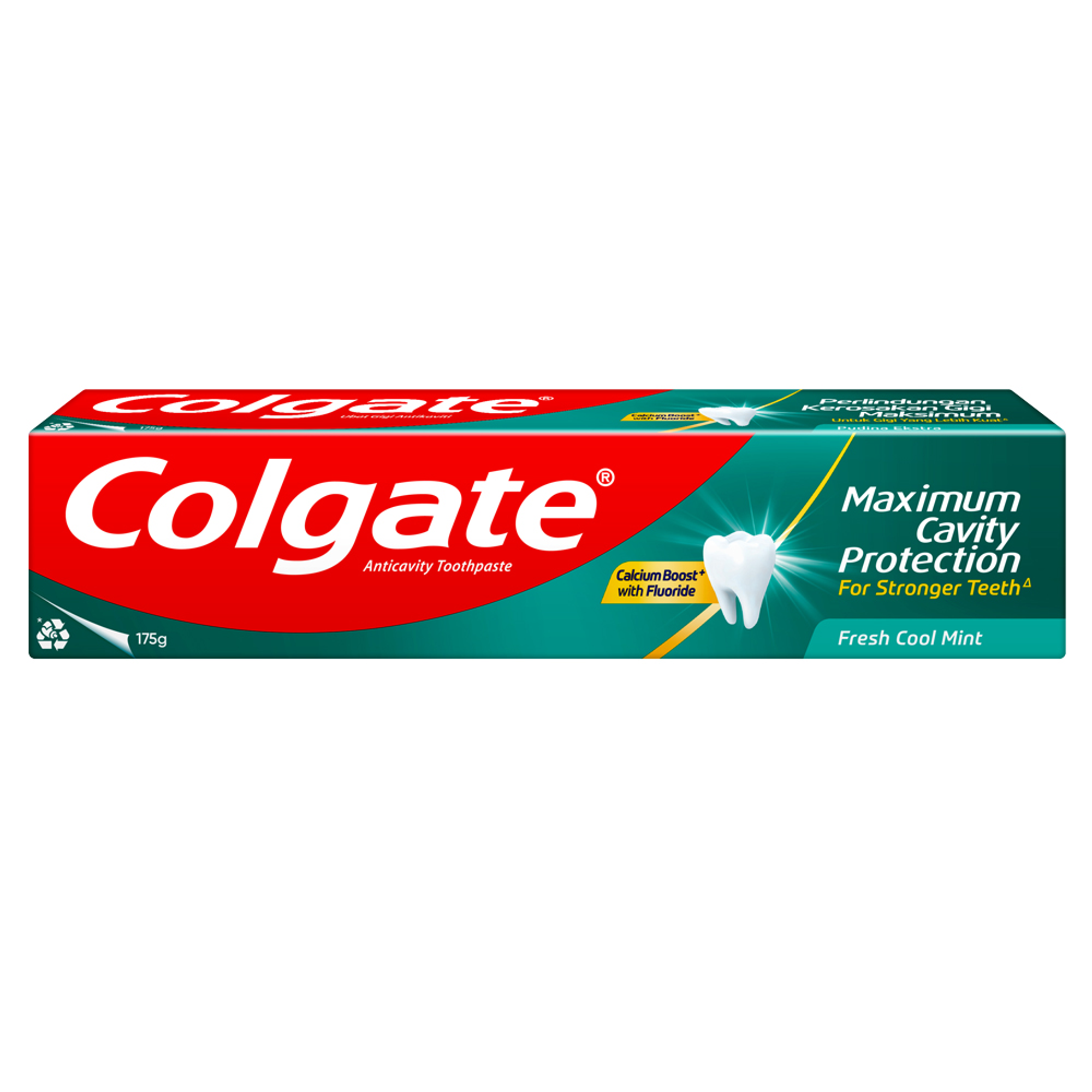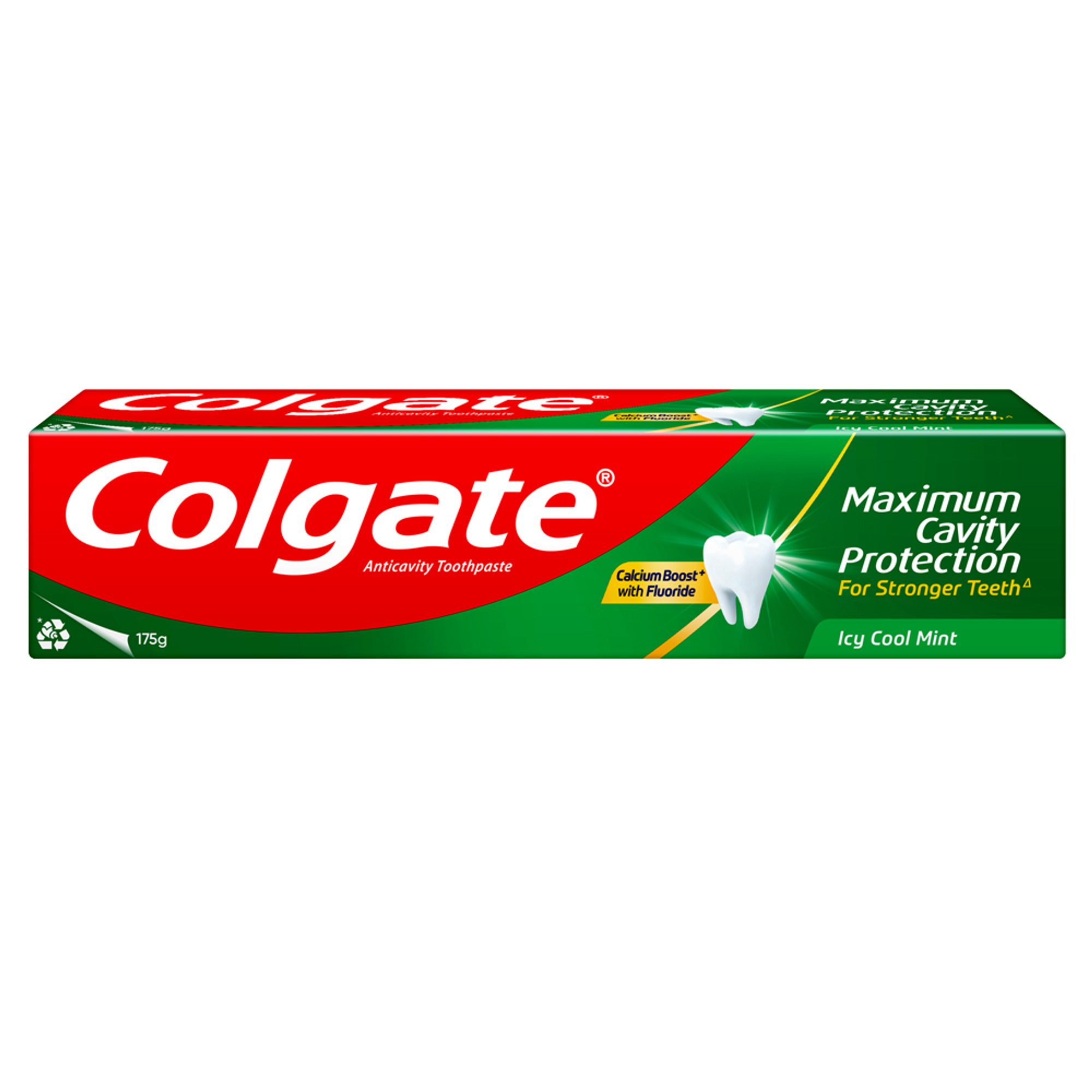Read on to understand tooth decay, cavities, common causes and risk factors. Learn how to identify stages of tooth decay and the signs of cavities. Discover the treatment options for cavities and prevention tips for a healthy smile.
What is a Cavity?
Understanding what is a cavity is the first step towards healthier teeth. Cavities, or dental caries, are small holes that form in the teeth due to tooth decay. The process begins when harmful bacteria in the mouth break down sugars and release acids. These acids erode the hard tooth enamel. Over time, the damage leads to larger cavities, sensitivity and pain.
The Anatomy of a Cavity (Enamel, Dentin, Pulp)
The anatomy of a cavity shows how it advances through the different layers of the tooth. It starts developing on the enamel, the hard outer surface of the tooth. If not treated, the decay goes deeper to the softer dentin below. This causes sensitivity, as this layer consists of tiny tubules leading to the tooth pulp. The untreated cavity reaches the tooth pulp, which contains blood vessels and nerves, causing infection and swelling.
What is Tooth Decay?
Tooth decay is the breakdown of the tooth enamel due to acids released by bacteria in the mouth as they feed on sugary residues. The enamel weakens as it loses minerals, which the saliva helps to restore. However, poor oral hygiene helps the decay progress deeper, affecting the underlying dentin and pulp. Timely intervention can help stop or reverse tooth decay at an early stage. If left untreated, tooth decay can cause cavities, which can potentially lead to tooth loss.
Difference Between Cavities and Tooth Erosion
While both tooth erosion and cavities damage teeth, they are different. Knowing the difference helps you adopt the right strategy to manage these issues. Cavities form when acids from bacterial action cause tooth decay. On the other hand, tooth erosion is when the enamel wears away due to non-bacterial acids, such as those present in acidic food and drinks. Unlike cavities, tooth erosion does not involve decay, though enamel damage and tooth sensitivity are common symptoms.
Common Myths About Cavities and Decay
Let’s debunk some common myths about tooth decay and cavities that often make people neglect proper oral care:
Only sugar causes decay: One should watch out for sugar, carbohydrates, and starches in food and drinks. These residues can stick to the teeth, promoting bacterial action and decay. Rinsing after every meal and proper oral care is crucial.
Sugar-free soda does not cause decay: Carbonated drinks, even if sugar-free, contain acids that can erode the enamel, causing sensitivity. Using them in moderation and rinsing with water after intake is important.
Only children get cavities: Cavities affect children and adults alike. It is common in early ages, given poor fluoride intake or oral hygiene. However, frequent snacking, poor oral care and other risk factors promote cavities in adults.
No pain, no cavities: A tooth cavity can develop without causing pain in the early stages. By the time pain arises, it may have progressed significantly. Regular dental checkups are crucial to catch and treat cavities early on.
Causes and Risk Factors for Cavities
Dental caries cavities are often the main reason behind missing teeth in adults. However, knowing the causes and risk factors helps you take proper care. They include:
Poor dental hygiene—lack of regular and proper brushing, flossing and rinsing
Lack of regular dental checkups
Frequent snacking, especially on sticky or sugary food
Conditions like dry mouth, medications, or tobacco use that reduce saliva flow
Receding gums
How do Cavities Form?
Cavities form as a result of poor oral hygiene and plaque buildup. Dental plaque is a sticky layer of bacteria and food particles that form on teeth surfaces and the gumline following a meal. If not removed with regular brushing and flossing, it accumulates and hardens to tartar. Plaque bacteria feed on sugary food residues, releasing acids that erode the enamel. Loss of minerals like calcium and phosphate weakens and breaks down the enamel over time. If not treated, the damage advances to the layers below, resulting in dental caries or cavities.
Identifying the Signs of Cavities
Dental caries can show various signs as they develop. As white spots or small holes, they are easy to miss at first. As they go deeper into the affected tooth, you may notice visible pits, toothache and sensitivity. Here is how dental caries cavities look and feel as they progress:
What do Cavities Look Like at Different Stages?
Early stages of tooth decay with white spots on the surfaces of your teeth often go unnoticed. They indicate mineral loss from the enamel. A dental visit helps detect and reverse this stage with proper care. Left untreated, the decay can progress further. Advanced stages of tooth decay indicate irreversible damage and visible holes. The affected tooth may look discoloured. For instance, a molar tooth cavity may appear as a dark hole or stain on the chewing surface. At this stage, the cavity has reached deeper, causing pain or sensitivity. Timely treatment prevents further damage and infection.
How do Cavities Feel?
One of the first signs of a cavity is sensitivity, a sharp pain or discomfort when consuming cold, hot or sweet food. This occurs as the decay wears down the enamel, exposing the softer dentin below. As the carie or cavity progresses, sensitivity becomes frequent and intense. Once the cavity goes deeper, you may feel pain while biting or chewing on the affected tooth. A sharp or throbbing pain is felt once the cavity reaches the pulp. Bad breath and unpleasant taste are other signs.
When Should You Visit the Dentist?
Regular dental visits help catch and reverse the early signs of tooth decay. However, a dental visit is crucial once you notice warning signs like tooth sensitivity, visible holes, or tooth pain. Early intervention helps stop a cavity from worsening and causing infections, and avoid extensive treatments later.
Stages of Tooth Decay and Treatment Options
Starting as minor enamel damage, tooth decay progresses through various stages, having different indications and treatment options:
Stage 1 - Enamel demineralisation: Tooth decay begins with enamel breakdown by bacterial acids, reversible at this stage. Saliva helps replace the lost minerals naturally. In addition, dentists offer topical fluoride treatment like varnishes to help remineralise and strengthen the enamel. Sometimes dental sealant, a protective coating, is applied to the grooves and pits of back teeth to prevent cavities.
Stage 2 - Cavities in enamel: As enamel damage continues, small cavities or holes form. The white spots may turn dark, indicating irreversible damage. Dental professionals treat the caries by removing the decay and placing a composite, resin, or amalgam filling to stop further decay.
Stage 3 - Dentin involvement: When decay affects the dentin below the enamel, the decayed tooth becomes sensitive to hot, cold, and sweet food. Cavity treatment usually involves removing the decay and placing a dental filling. For a large cavity or weak tooth structure, a metallic or porcelain crown is used to cover the treated tooth.
Stage 4 - Severe decay and pulp infection: In this stage, decay reaches the pulp or tooth centre, which contains nerves and blood vessels. This results in severe pain, infections, and tooth abscesses. This stage requires advanced treatments like root canals. In severe cases, tooth extraction is needed to stop the infection from spreading.
Cavity Treatment Methods: What Are Your Options?
Once you notice teeth with caries, consulting a dentist is crucial to preventing further damage and infection. Dentists may use X-rays to analyse the extent of damage before suggesting the right cavity treatment. Different treatment options include:
Fillings: Restorative materials for repairing cavities in the enamel or dentin. They help restore the tooth structure and can be made of different materials. Tooth-coloured composites offer an aesthetic option. Amalgam fillings are durable and cost-effective. Porcelain fillings are custom-made and stain-resistant, while resins are ideal for small cavities.
Root Canal Treatment: It is needed when decay affects the tooth pulp, leading to severe pain or swelling. Dentists often numb the affected tooth and its vicinity. The treatment removes the infected pulp and disinfects the pulp chamber before filling and sealing it. A typical root canal therapy takes one or two dental visits, while recovery takes a few days. Aftercare includes avoiding hard food, following the dentist’s instructions, and good oral care to support healing.
Tooth Extraction: Extraction is needed when the damage from decay is severe. It offers quick relief and prevents further infection. However, due to potential bone loss, it may require replacement, like a dental implant or bridge. Alternative treatments include pulp capping and apicoectomy. Pulp capping places a protective material over the exposed pulp for healing without extraction. Apicoectomy removes the tip of the infected root and seals it to save the tooth.
New Treatment Options: Modern options are more effective and less invasive. For instance, Silver Diamine Fluoride (SDF) arrests caries by stopping decay and infection. It is an effective and painless alternative to traditional treatment. Laser treatment uses a dental laser to target and remove the decayed portion of the tooth. The hole is then filled and sealed. This treatment is precise, painless and less invasive than traditional treatments.
Prevention of Cavities: How to Keep Your Teeth Healthy
Knowing how to prevent cavities with proactive oral healthcare can help avoid elaborate dental treatments. For example, good oral hygiene and regular dental visits are crucial. In addition, improving diet, lifestyle, and underlying health issues supports cavity prevention by avoiding the risk factors.
Here are some preventive measures you can practise to ensure your smile stays cavity-free:
Brush: Brush your teeth twice daily to remove plaque and food residue. Using a soft toothbrush is ideal as it works gently on the enamel.
Floss: Clean between the teeth once daily to remove hidden plaque. You may use a dental floss, water flosser, or an interdental toothbrush.
Rinse: Rinse thoroughly with water after every meal. Using a prescription-strength antibacterial mouthwash offers added protection.
Watch your diet: Opt for a balanced diet rich in nutrients and minerals for healthy teeth. Limit sugary and starchy food and beverages that promote tooth decay.
Use fluoride: Fluoridated tap water intake helps develop cavity-resistant teeth at an early age. The use of fluoride toothpaste also helps strengthen the enamel and prevent cavities.
Regular dental visits: These are crucial for oral health. Dental cleanings remove plaque deposits missed by your daily oral care. A dentist can also catch and treat early signs of decay before it worsens.
Natural Treatments for Cavities: Are They Effective?
When dealing with dental caries, natural home remedies may tempt you. However, they lack scientific evidence and can be potentially harmful. While it is known that fluoride toothpaste or mouth rinses help prevent early-stage decay from progressing, some people may also consider coconut oil pulling to improve oral hygiene. However, the idea of healing dental caries cavities naturally is a myth. Natural methods can only support oral health and not replace professional treatment. Thus, consulting a dentist for proper treatment is essential.
Knowing the signs and causes of tooth decay and cavities encourages proactive care. If you notice teeth with caries, consult a dentist without delay. Timely treatment prevents further damage and helps save the teeth. Good oral hygiene and regular dental checkups are crucial in preventing cavities and managing early signs of decay. Along with a healthy diet and lifestyle, you can enjoy a healthy smile in the long run.
Frequently Asked Questions
Can dental caries be fixed?
Yes, dental caries can be fixed with professional treatments like fluoride treatment, fillings or root canal therapy, depending on the extent of damage. Early intervention helps prevent further damage and restore the tooth structure.
How do you treat caries in teeth?
Teeth with caries are best treated by a dental professional. Treatment options depend on the severity. Dentists typically remove the decay and restore the tooth with fillings and crowns or offer root canal therapy for severe cases. Early-stage caries can be reversed with fluoride treatments.
Can dental caries be removed?
Yes, dental caries can be removed by a dentist. Typical treatment removes the decay and restores the tooth using fillings or root canal therapy based on severity. Tooth extraction or alternatives may be required to treat extreme cases.
Can a cavity heal on its own?
A cavity cannot heal on its own once the enamel is damaged. However, early-stage decay can be stopped and reversed with fluoride treatment, good oral hygiene, and a healthy diet.
Can a tooth cavity be cured?
A tooth cavity can be treated rather than cured. Cavities form when the enamel has been damaged irreversibly. While treating a carie or cavity, a dentist removes the decay and restores the tooth with a filling or other methods depending on the severity.













